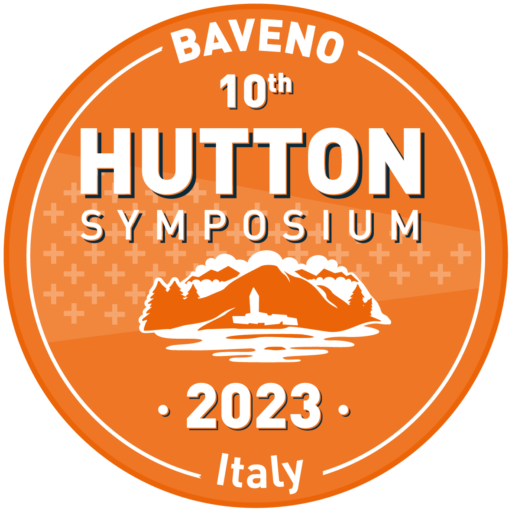©Copyright 2018 GEOSCIENCE RESEARCH INSTITUTE
11060 Campus Street • Loma Linda, California 92350 • 909-558-4548

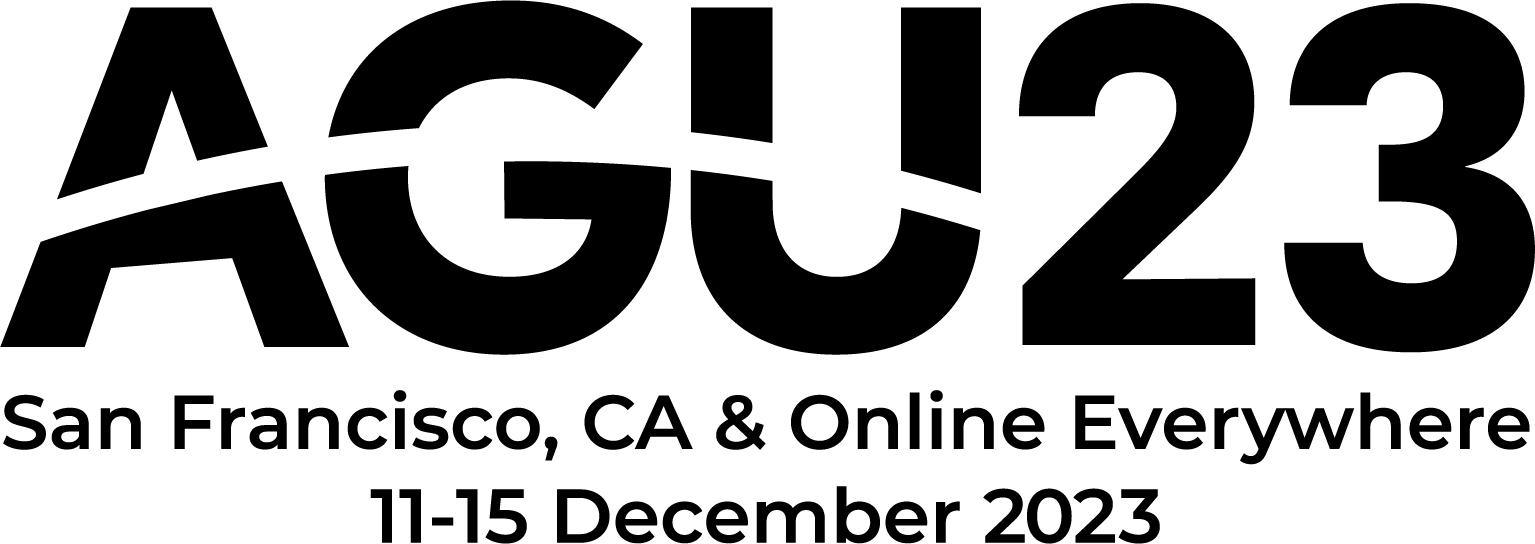
Four Poster Presentations at the 2023 American Geophysical Union (AGU) Fall Meeting
Research partially funded by the Geoscience Research Institute was presented in poster format at the American Geophysical Union (AGU) meetings, held in San Francisco, CA – December 11-15, 2023.
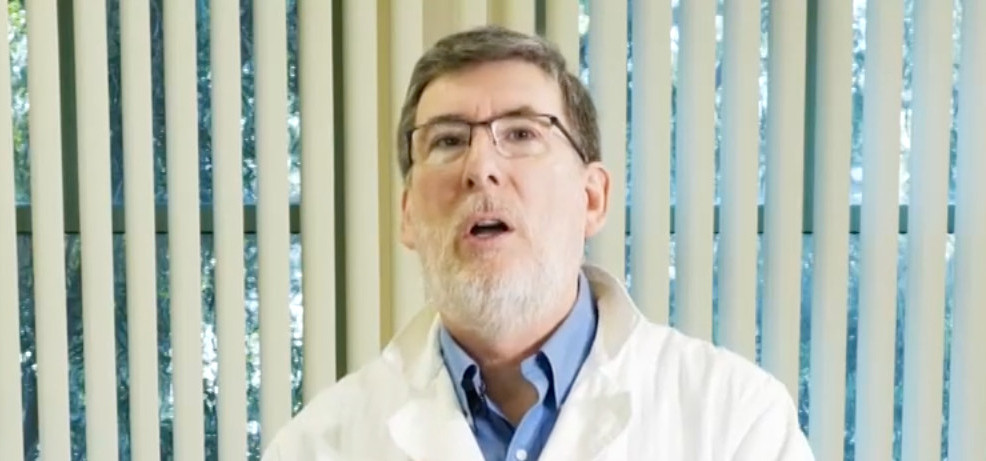
STEM Tuesdays
Educational, hands-on videos, produced by the NAD Department of Education in collaboration with GRI, designed to engage academy students in creativity and learning.
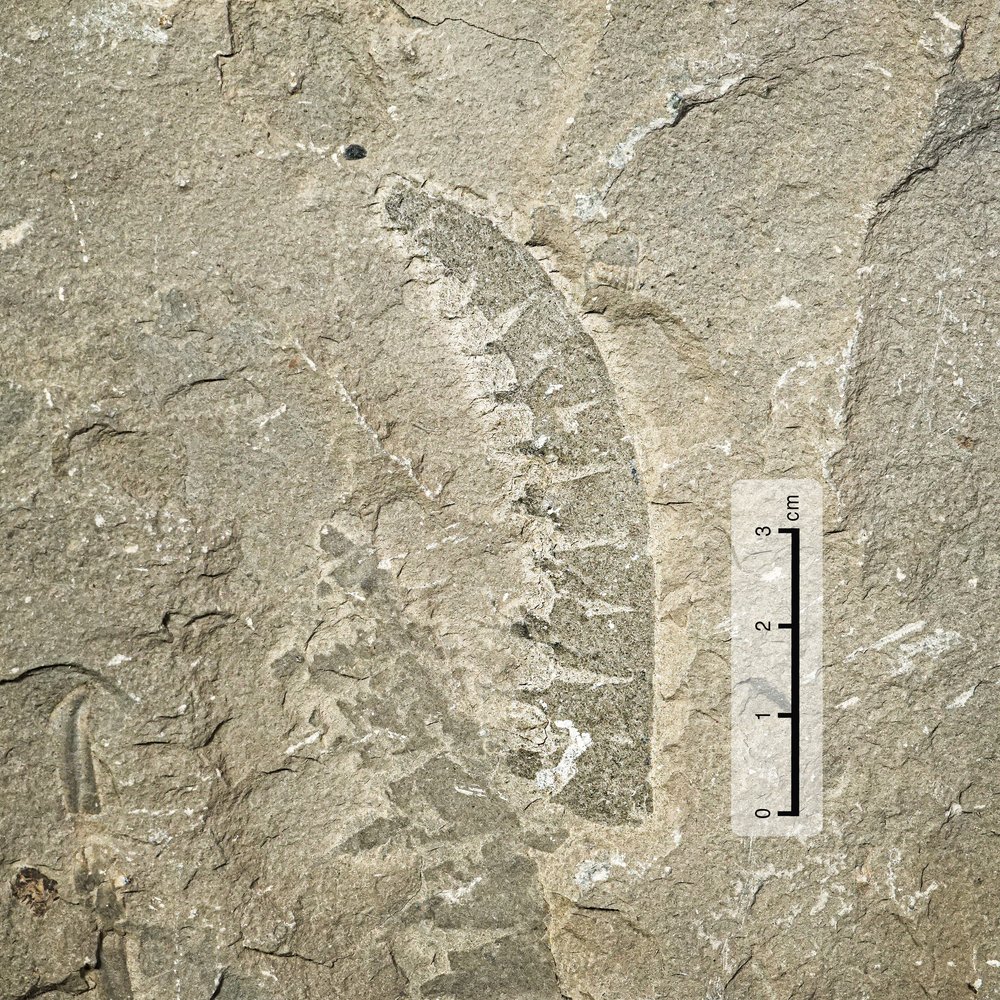
Cambrian Explosion
A deeper look at the appearance of various phyla in the geologic column
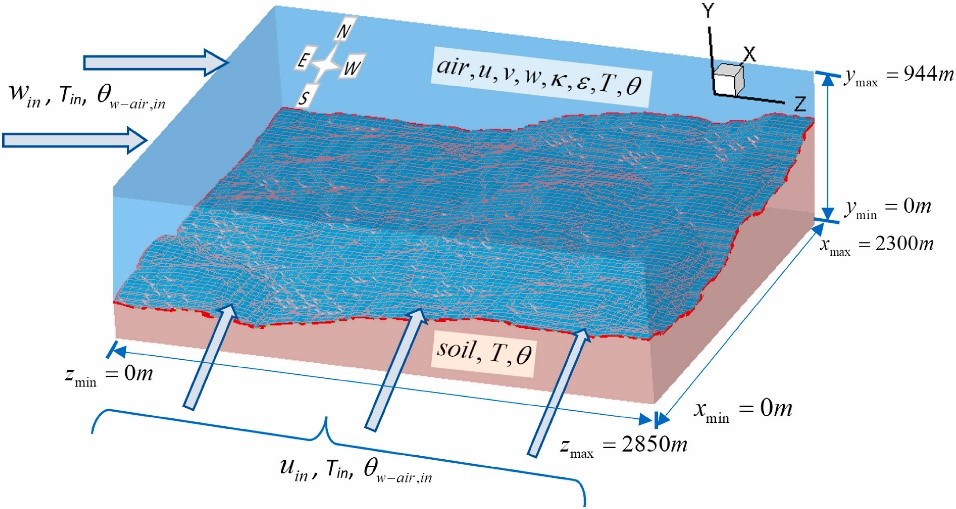
Geomorphological Changes in Young Soils with Sparse Vegetation: Mathematical Modeling and Numerical Simulation
The Geoscience Research Institute partially funded a recently published article modeling erosion rates in the Sierra Nevada Mountains of California near Yosemite. The algorithms simulated weathering of complex topography at each point and time step in air, ground surface, and soil. The numerical model included the effects of air velocity, rainfall, temperature variation, heat and water infiltration into soils, soil topography and porosity fraction, and freezing and thawing of water in granitic rock.

First GRI Field Conference in Africa Explores Intersection of Science and Faith
Groundbreaking conference in Tanzania provided hands-on experience with training

Challenge to Origin of Life: The Information Dilemma (Long Story Short)
Imagine you discovered a stone with ancient words carved into it! And they told a really good knock-knock joke. What an archaeological find! But to your surprise, scientists concluded that it came about through purely natural processes: “just physics and chemistry acting on an exposed rock.” What? You’d need very specific lines and shapes to form letters, and then those letters would need to be in very specific arrangements to even get a bad knock knock joke. “Well, if you leave rocks out in the wind and rain for long enough, you’re bound to get knock knock jokes eventually.” Nobody would buy that. But this is eerily similar to typical explanations for the origin of life, except life is no joke (pun intended), and there are many more layers of complexity that would have to come together to kickstart life.

Whale Cemetery
Are you ready for the next adventure? In this issue, also inspired by real research, the Creation Detectives travel to Peru to investigate the magnificent fossil whales of the Ica Desert.

The Syntactic-Pragmatic Function of Genesis 1:1-2 in the Creation Narrative
A textlinguistic analysis—focusing especially on word order, forms of predication, clause types, and their functions on both clause and text levels—suggests that Gen 1:1-2 is an antecedent information which provides the narrative base for the six-day creation. V. 1 reports a previous act of creation and v. 2 describes the state of the earth as it was originally created, thereby setting the narrative stage for the six-day creation (vv. 3-31). Article published on Valley View University Journal of Theology 3 (2014): 67 - 85.

Genesis 1:1-2:3 as a Historical Narrative Text Type
The ‘genre’ of Genesis 1 has long been debated, with approaches centering largely on traditional form criticism. From a textlinguistic perspective—especially examining such elements as clause types, word order, grounding, lexical repetition, prose particles, and linear structuring—this study argues that the first pericope of the Hebrew Bible is better read as a historical narrative text type in its own right. Article originally published on Valley View University Journal of Theology 1 (2011): 18-35.
